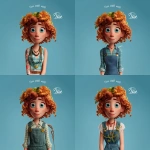Explore the Best AI Image Gallery
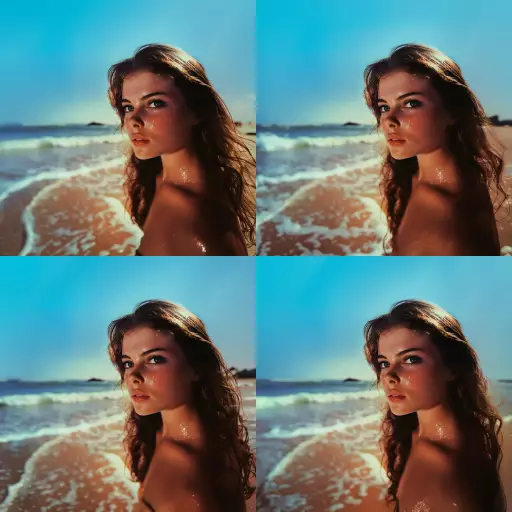
Pixels to Perception: How AI Image Generation is Transforming Design
The creative landscape is undergoing a seismic shift, driven by the emergence of artificial intelligence (AI) and its ability to generate stunning visuals. No longer confined to the realm of science fiction, AI image generation tools are now empowering designers, artists, and businesses to conceptualize and produce captivating imagery with unprecedented ease and efficiency.
A New Era of Creative Expression
Imagine a world where you can effortlessly conjure up bespoke illustrations, realistic product renders, or imaginative concept art simply by describing your vision in words. This is the reality that AI image generation tools are making possible.
These sophisticated algorithms, trained on massive datasets of images and text, have learned to understand the nuances of visual composition, color palettes, and artistic styles. They can translate textual prompts into coherent and often breathtakingly original visuals, opening up a world of creative possibilities for designers.
Beyond Artistic Inspiration: The Practical Applications
The impact of AI image generation extends far beyond artistic expression. Its practical applications are transforming various industries:
- Marketing and Advertising: Creating eye-catching visuals for social media campaigns, websites, and print materials.
- E-commerce: Generating product images and variations to enhance online shopping experiences.
- Real Estate: Visualizing property designs and creating virtual tours to attract potential buyers.
- Game Development: Rapidly prototyping environments, characters, and assets for immersive gaming experiences.
- Education: Bringing learning materials to life with interactive and engaging visuals.
Navigating the Ethical Landscape
While the potential benefits of AI image generation are undeniable, its crucial to address the ethical considerations that accompany this transformative technology:
- Copyright and Ownership: Questions arise about the ownership of AI-generated images and the potential for infringement on existing copyright.
- Bias and Representation: AI algorithms can perpetuate societal biases present in the training data, leading to unfair or discriminatory representations.
- Transparency and Accountability: Its important to understand how AI models arrive at their outputs and ensure accountability for potential misuse.
The Future of Design: A Collaborative Evolution
AI image generation is not about replacing human creativity; its about augmenting and enhancing it. The future of design lies in a collaborative partnership between humans and AI, where each leverages their unique strengths.
As AI technology continues to evolve, we can expect even more sophisticated tools that empower designers to push the boundaries of creativity, explore innovative concepts, and bring their visions to life with unprecedented precision and efficiency.
Embracing the Possibilities
The advent of AI image generation marks a pivotal moment in the history of design. By embracing its potential while navigating the ethical challenges responsibly, we can unlock a future where creativity knows no bounds.

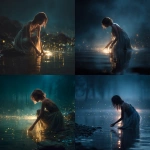
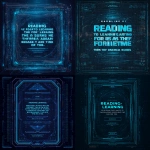
](https://images.ai-img.art/thumbnails/150/1202074d0d60b08b64d0f91f36468608aaac200a02b721cc8e6d8ec8a908432c.webp)

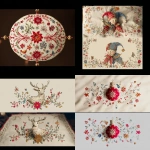


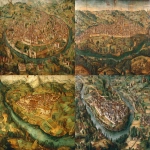
](https://images.ai-img.art/thumbnails/150/655229c40961cb7ff5abd4b4190e02c94ea1a961106e7547a562649c945268be.webp)
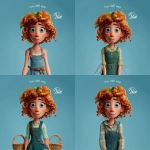
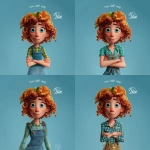


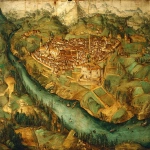
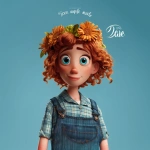





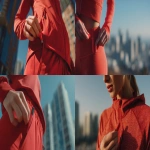

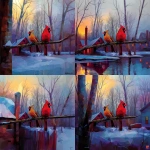
](https://images.ai-img.art/thumbnails/150/6c909fd6d38caac6572b592dd97831deb7d6562bba142798574677582676dfc1.webp)
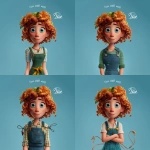



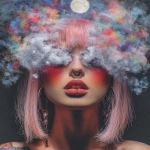
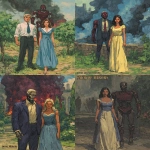
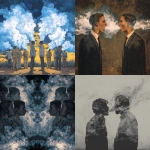
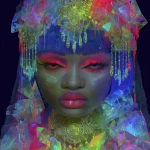
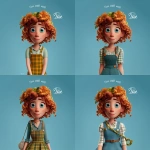

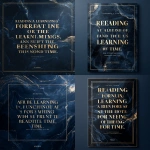

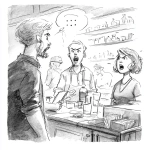

](https://images.ai-img.art/thumbnails/150/184b4b030e30be0a6d51b544226cb4cf2271977814d935d3aaa2b7529355b3b7.webp)
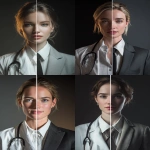

](https://images.ai-img.art/thumbnails/150/e6a179db327f0374ec327d0fdab48ac1f2dc47123eed103b0a41ed346280d07d.webp)

](https://images.ai-img.art/thumbnails/150/60973df1d727dbbf8e6922b7e4836814ab6012106eb9dcfe99aea7aec15f3710.webp)
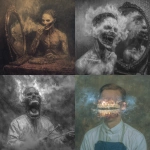
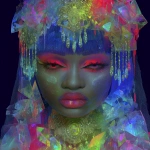
](https://images.ai-img.art/thumbnails/150/26c16e4f635deee86633de398088ca98d9bb748d6e7601436b07e882fab236cb.webp)
